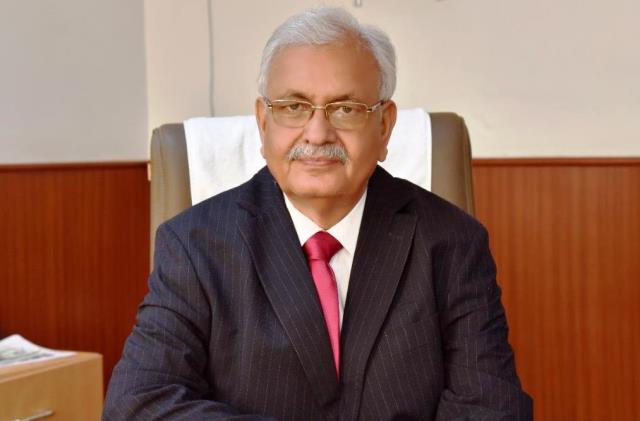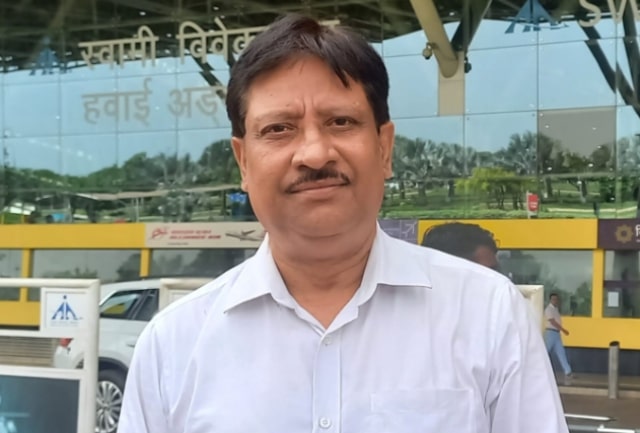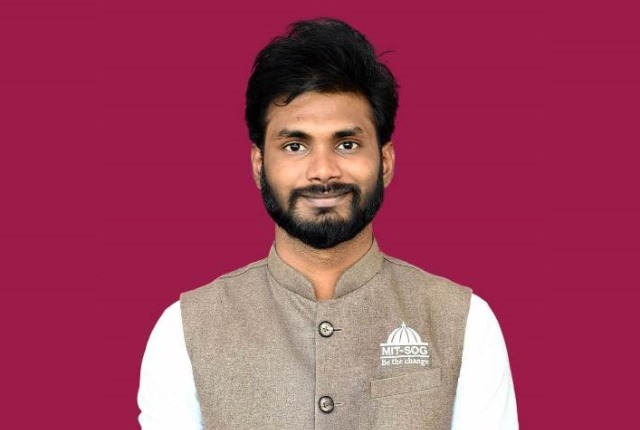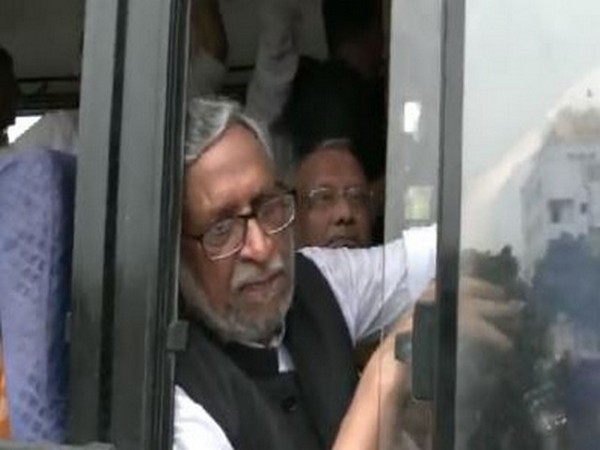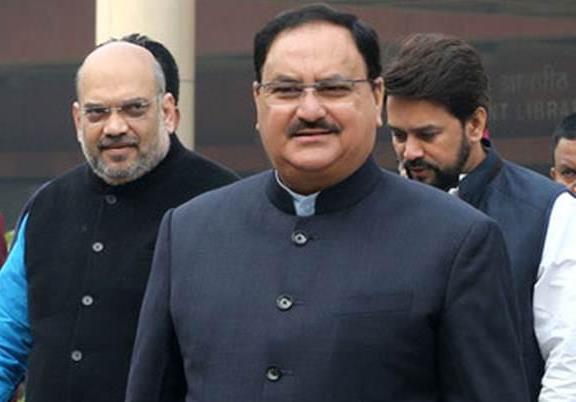Dr Satyajit Singh, 75, a physician, social activist & entrepreneur, wishes Prashant Kishor’s Jan Suraaj to change the caste-based politics in Bihar. His views:
Electoral rolls revision (SIR) in Bihar was essential to correct and update voter’s details. Many voters have died, changed their place of residence; many people are registered as voter at more than one place. However, SIR is an example of how right things are done in a wrong way.
First, it was done in great hurry. Second, initially, the documents required were near impossible for many people. Thank goodness, the Supreme Court prevailed and made Aadhar card enough for identity. But it’s also a fact that wrong people get Aadhar cards made in their name.
The Election Commission, in fact most government agencies, are not independent and strong enough to be trusted for being non-partisan in their work. The perception is that they are selective in their investigation, and not necessarily ‘an accused being innocent’.
Rahul Gandhi’s Vote Adhikari Yatra did have huge gatherings, but there is no strong cadre to follow up the momentum. The Mahagathbandhan will be a formidable force against the NDA but Modi and Nitish are more popular in perception. How much of their popularity is converted into votes only the ‘ballot box’ will tell.
The candidates of AIMIM of Owaisi are contesting from all Muslim dominated constituencies where lies the strength of the Mahagathbandhan, particularly RJD. Naturally, they will affect the vote-base of the alliance, especially the RJD.
ALSO READ: ‘Nitish Is Unlikely To Remain Bihar CM After This Election’
Prashant Kishore’s Jan Suraaj is the only party which is not based on caste and religion. This party is offering candidates who are educated and professionals, and who have been successful in their life. They are attracting youth in large numbers. This is the only party whose movements have been on since the last few years, as an organisation, and now as a political party; they have a minutely compiled strategy.
When wrong elements are elected, then people argue, that since there no better candidate from any party, so they had to vote based on caste. However, the Jan Suraj Party is giving an alternative of educated and professionals as candidated for the first time in Bihar. How much Prashant Kishore will convert this in term of votes, in a highly polarised elections based on caste and religious bias, is being eagerly awaited.
Offering LJP a large number of seats indicates that Nitish Kumar needs Chirag Paswan for mobilising the EBC voters. His association with BJP has definitely eroded Muslim support. The appeal and strength of most regional parties are based on caste — from south to north India. BJP, despite many good development works to showcase, still uses religious emotions as the main plank of their election strategy.
The weakening of a centrist Congress and the Left has eroded a strong opposition which is necessary for democracy. Sad to see the Congress not letting brighter young politicians to come on the centre-stage! I have nothing against Rahul Gandhi, but he gives the impression, that he is at the top due to family domination.
The Left has lost its constituents of the poor working class vote shifting to caste and family-dominated parties which have no national or international agenda. The Left alone fights on a secularism plank, but it too gives the perception of not being unbiased, as pro-minority and anti-Hindu — which becomes beneficial to BJP in voter-polarisation. It’s sad to see a party built on international revolutionary ethos, standing behind caste and religious combinations — in the third row — making themselves irrelevant in Indian electoral politics.
In a polarised atmosphere, the space for a real, secular, liberal and democratic collective of people is shrinking fast. It is hoped that the Jan Suraj experiment succeeds to bring our democracy out of these narrow narratives, but Arvind Kejriwal’s debacle has also created serious apprehension in people’s mind.
(Dr Singh, having worked and taught in London for several years, returned to Patna in 1996 and established a lithotripsy centre in Bihar-Jharkhand. It has became a 400-bed multi-speciality hospital – Ruban group of hospitals – which specialising in advanced laser and robotic surgery. His vision has been to create institutions of healthcare, and there is a plan to set up a medical college near Patna. Among other things, he is involved with Indian Peoples Theatre Association (IPTA), Patna Literary Festival, and grassroots work in rural areas.
As told to Amit Sengupta
